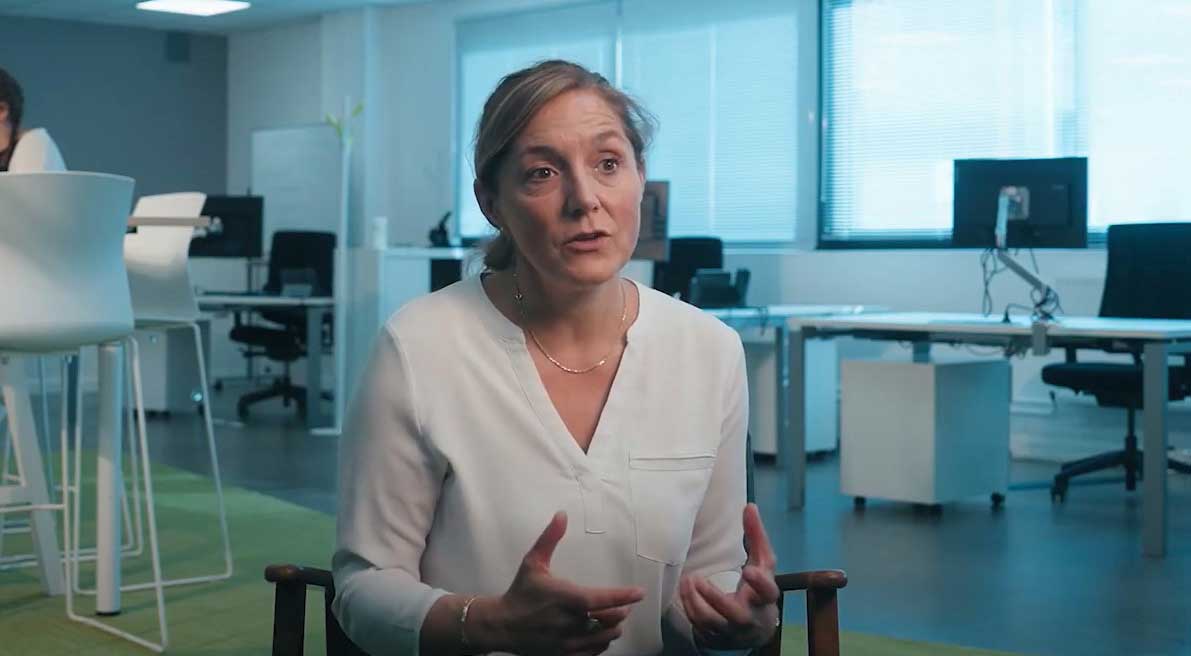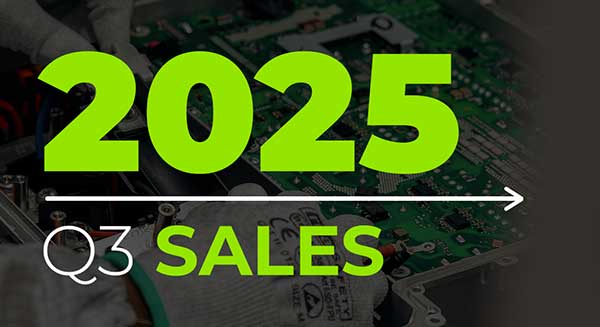Valeo Group | Oct 29, 2025 | 5 min
20 years of Stop-Start system: from pioneering innovation to market standard
This year, Valeo celebrates the 20th anniversary of its emblematic Stop-Start system. Although it took some time to find its market – reducing CO2 emissions was not yet a concern at the time – this avant-garde innovation has since become an absolute market standard. Look back at Valeo's first major move into vehicle electrification.
“If I had to briefly describe Stop-Start, I would say it’s just common sense,” says Ulrike Sinner, who was in charge of marketing and external communications for the Valeo division that worked on stop-start development. “Just as we don’t leave the light on when we leave a room, why should the engine stay on when the vehicle is stationary? All the more so in city traffic, when the vehicle is stationary around 35% of the time. It was on the basis of this simple idea that Valeo engineers came up with the stop-start concept”.
“At that time, electrification was just at the beginning, with the launch of the Prius from Toyota in ,1997. However, this solution was still expensive,” reminds Claudine Rochette, in charge of strategy and communication at Valeo Power. “That’s why Valeo decided to launch this new affordable solution, with a pragmatic approach, given its leadership on starters and alternators. This is how the Stop Start was born.”
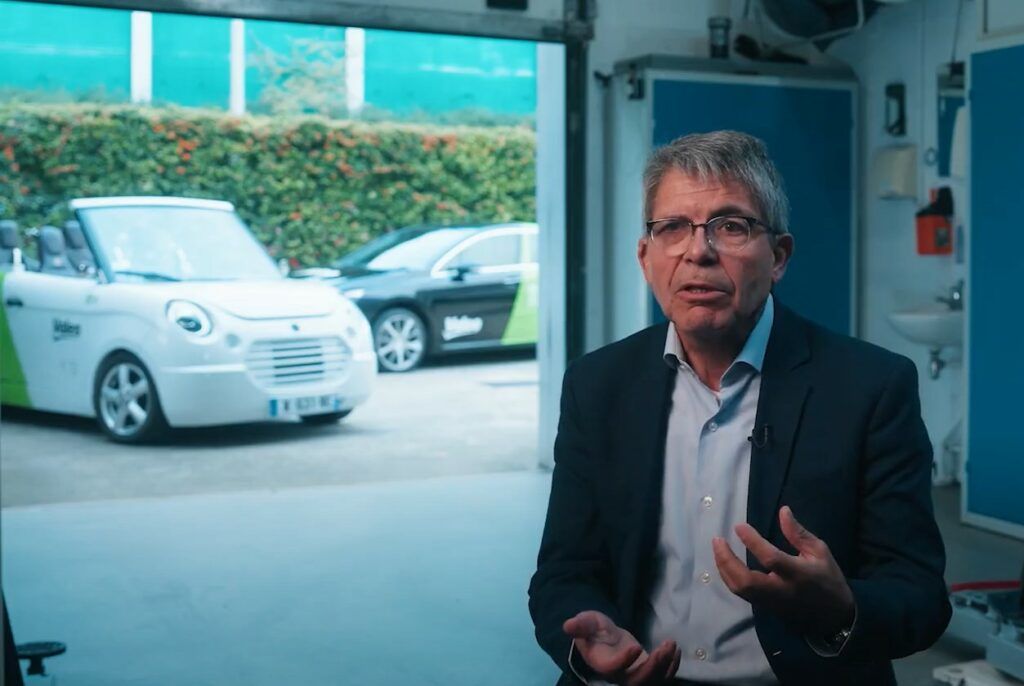
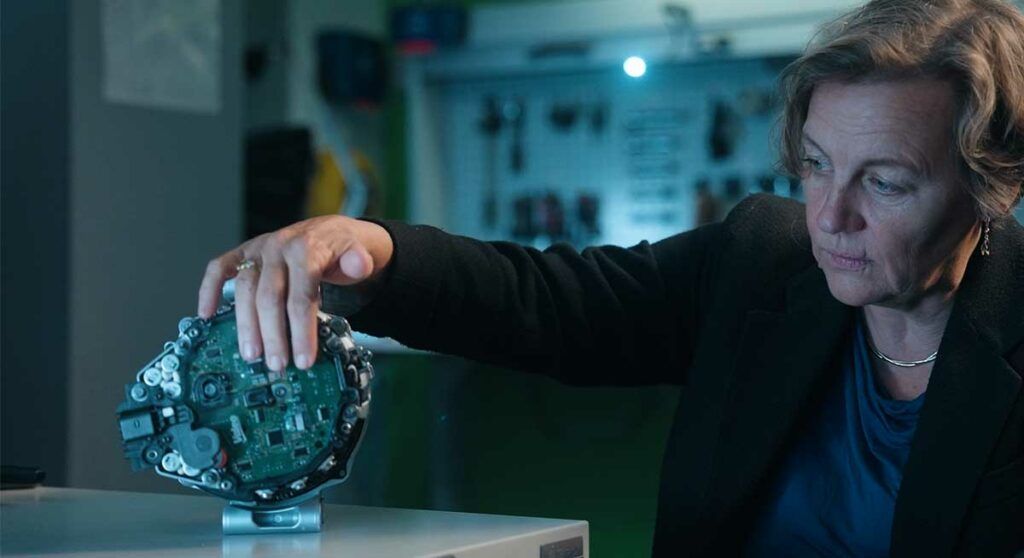
Stop-Start automatically switches off the engine when it is at a standstill, enabling significant reductions in CO2 emissions and fuel consumption. Around a 5% reduction was calculated at the time on official combined cycles. And even more in the urban cycle, as Ulrike Sinner reminds us. “We took two identical cars equipped with stop-start, but one car had it turned off, and in the other it was activated,” she explains. “At the end of a three-hour test drive in Paris, we went to the fuel station to compare the difference in terms of refuel. We had an official legal officer who could state that our Start-Stop system in the city has a real fuel saving of 35%”.
The first two vehicles to be equipped were the Citroen C3, in 2004, and then the Smart Mild Hybrid. However, “It took some time for the stop-start system to catch on,” says Claudine Rochette. “But now the stop-start function is used by everyone, is known by everyone, and it’s in every car all over the world. The stop-start was the first big move of Valeo into electrification. And 20 years later, Valeo is engaged more than ever in the electrification of mobility”.
Similar News
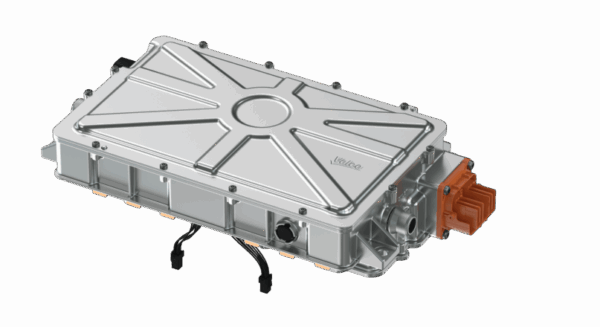
Valeo Group | Oct 20, 2025 | 2 min

